Winter Sowing ~
- Doesn’t require grow lights, grow shelves, a greenhouse or cold frame.
- Doesn’t take up space in the house.
- Produces strong, well-rooted seedlings.
- Can produce hundreds or thousands of seedlings without the need for pots, soil pods, seedling mats, or cell trays.
- Does not require constant monitoring or watering . Water maybe a few times during the season if they are drying out – if the jugs feel light or there is no condensation on a sunny or warm day.
- Uses recycled or any appropriate container.
- Protects seeds from blowing away or being eaten.
- Allows seeds to germinate when the temps are right.
- Can be used for succession planting.
- Is the perfect way to germinate seeds that need Cold Stratification or scarification. Check your seed packs and look for their cold stratification time requirements, for some this is a few months. Plant those first. I’ve been very disappointed when I go to plant some beautiful flower seeds like Delphinium in Spring or early Summer, only to find they needed several weeks of cold stratification to germinate. There is a long list of seeds which require Cold Stratification such as Delphiniums, Bluebells, Hellebores, Catmint, Evening Primrose, Lavender, Phlox, and Clematis to name a few.
- Seedlings do not need to be hardened-off, it does this naturally. Once germinated if there is frost or a freeze, you may want to cover the containers with a frost blanket. Be sure to remove it the next morning to avoid overheating and cooking your seedlings.
- Apparently there is a great debate on whether or not to cover your seedlings in their containers when a frost or freeze is imminent. It’s a bit of work and time with some expense, and a great sad maddening loss if you don’t and they die. Again, be sure to uncover them when the threat is over or if the Sun is bright the next day. This is something you have to get a feel for yourself. In a cold climate they might survive leaving the cover on in a deep freeze, but if the Sun is really bright and the jugs heat up, that could be troublesome. You could use a thermometer to check the temps in your containers if you want to be sure. Some people never cover their jugs and they survive just fine. When in doubt, cover them up for frost or freeze and uncover them for heat (sprouted seeds -“seedlings” only). It is not necessary to cover ungerminated seeds, this is part of the beauty of Winter Sowing!
- Can be started as early as the Winter Solstice – around December 21st in the Northern Hemisphere, when cooler or cold temperatures are steady. You want to avoid starting them too early when there may be a few days of warm temperatures that will stimulate germination right before the freezing temps of Winter set in. One way to avoid a freak warm-up germination spree when you don’t want it, usually in late Winter or very early Spring, is to place your jugs on the North or shady side of your house or in a shaded area and move them to a Sunny spot when you get close to the desired germination date. I started mine in late December and am placing them on the North side of our house in a protected area where high winds won’t blow them away. I will likely move them to full Sun in late April. I’m in Zone 5.
- Can be done through April or even May in the colder zones, like 1-6, maybe even 7, where last frost dates are in May and June. Start your hardier, frost tolerant, cool season, seeds in the earlier parts of the Winter and work your way toward Tender Perennials, Annuals and Hot Weather crops such as Tomatoes and Peppers. But there are no hard and fast rules. I planted some Marigolds, an annual, in the depths of Winter and will plant cool season crops such as Broccoli or Spinach right through April and even May. You can gauge what you want to start in the WS method by your growing Zone, the seasonal temps, weather, your time and desired germination dates.
- Is a fun project for children, home-schoolers and anyone wanting to garden when the weather outside won’t allow any of it.

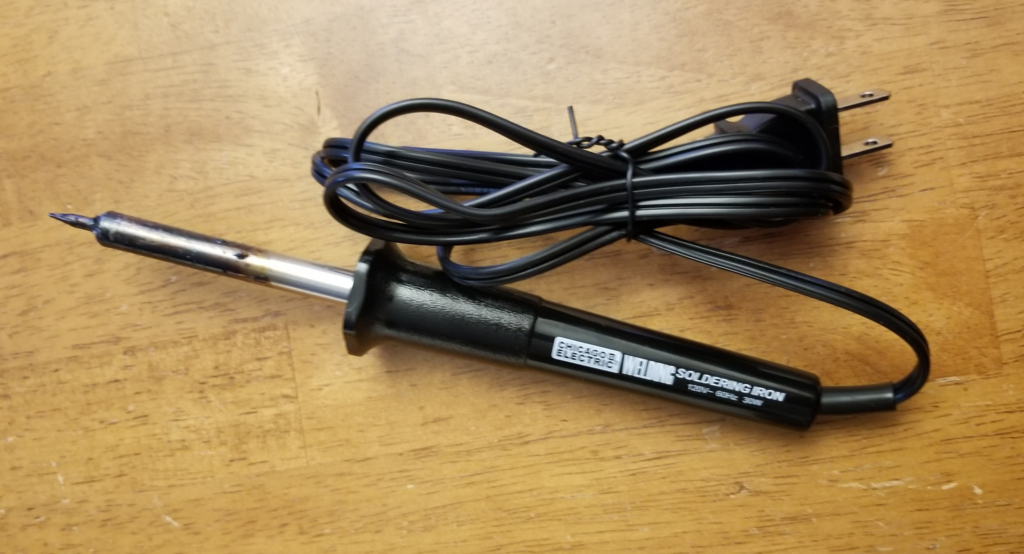
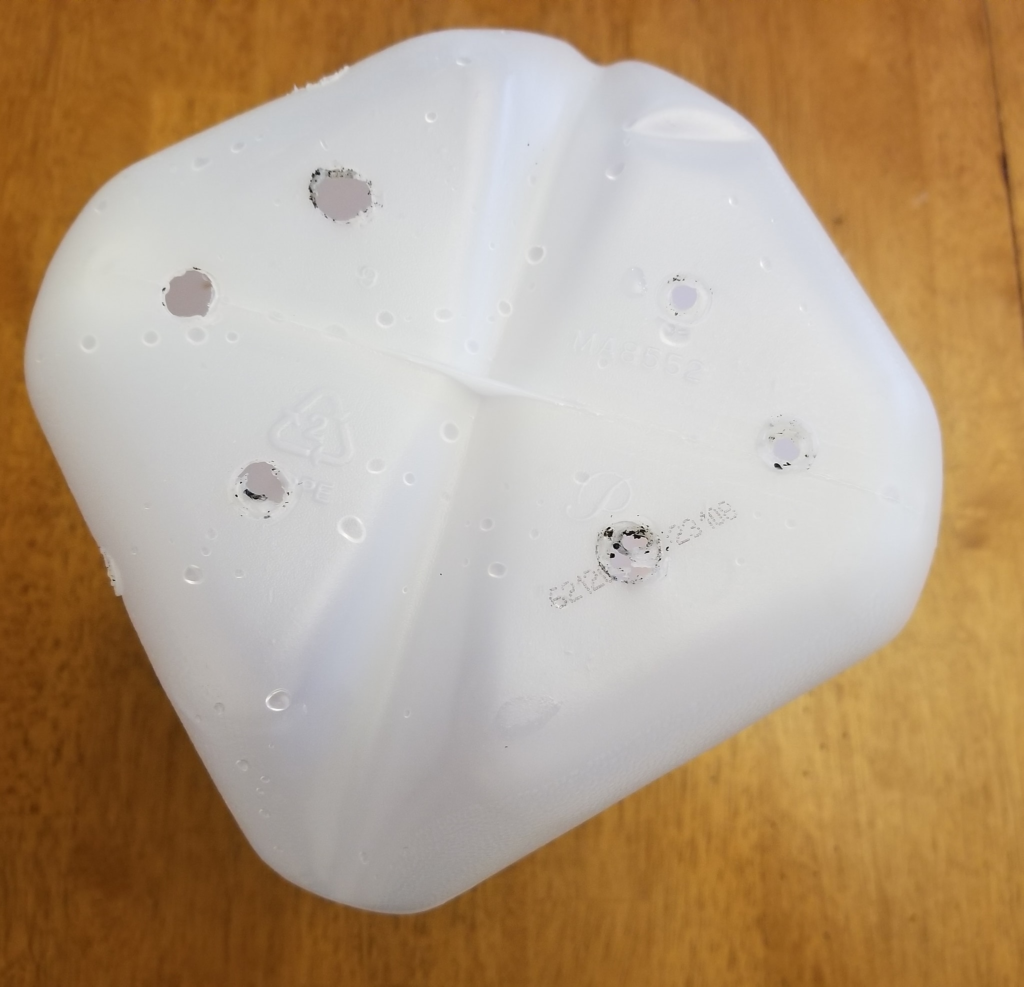
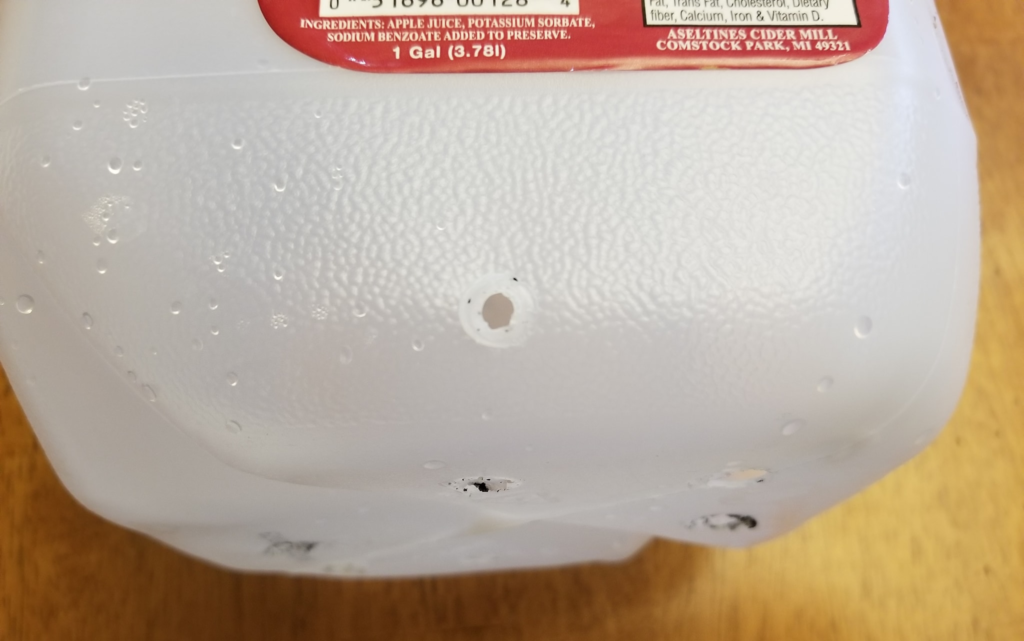


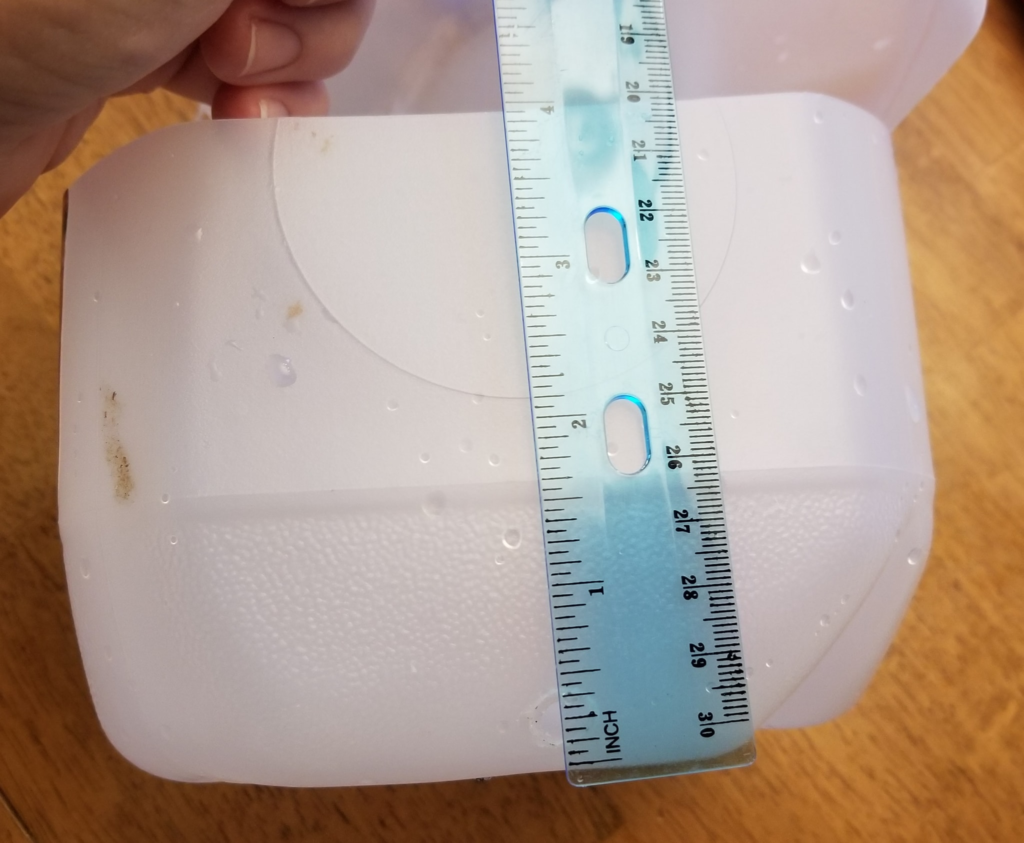
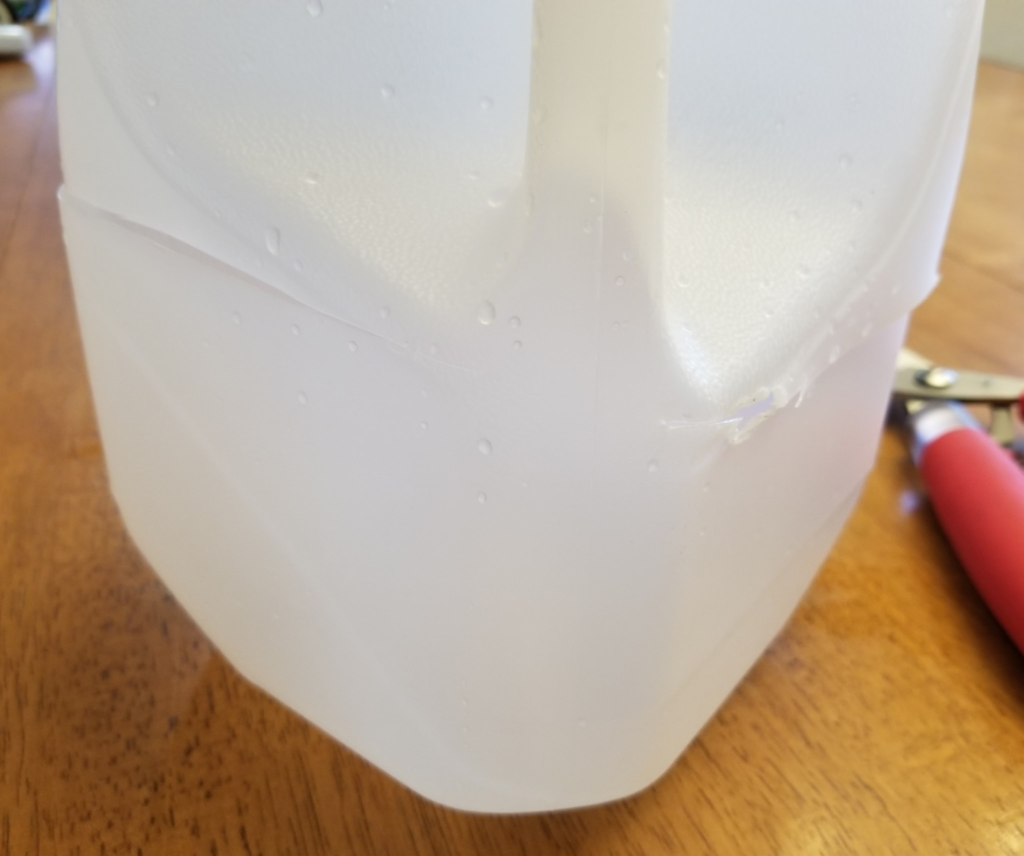
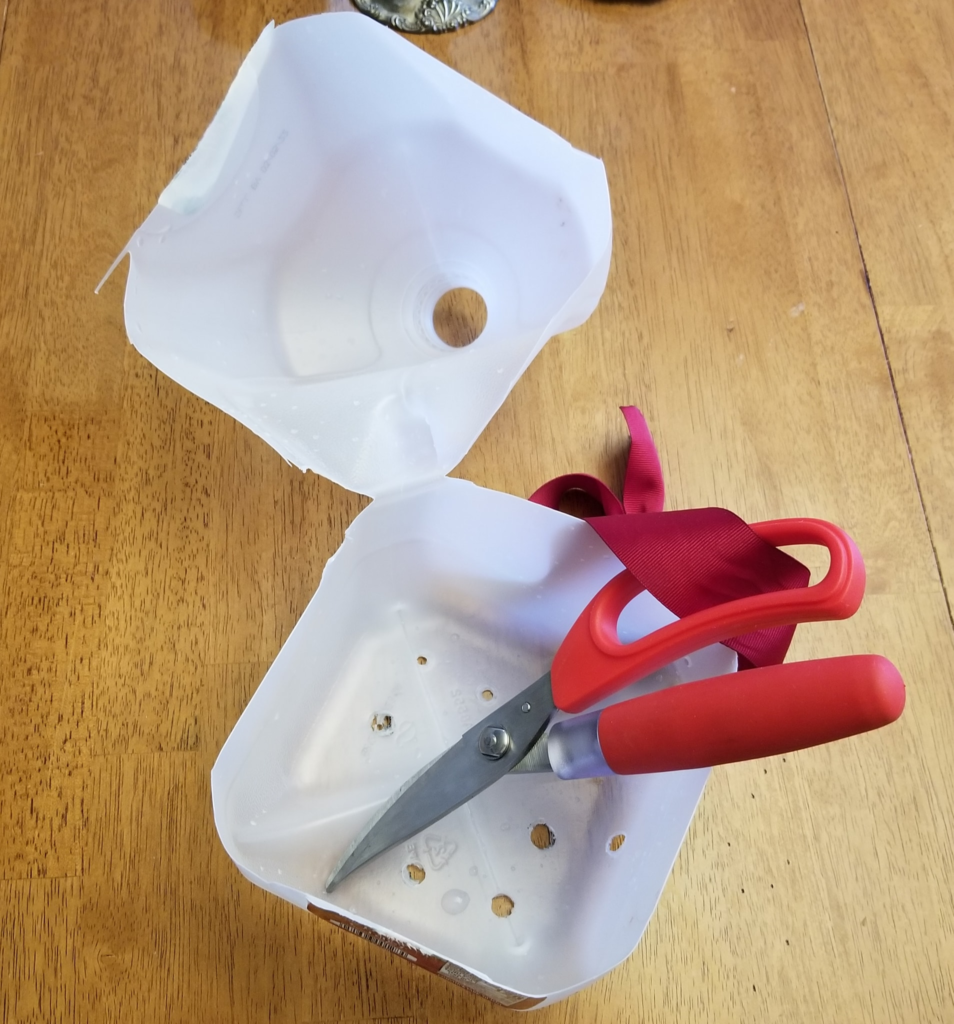
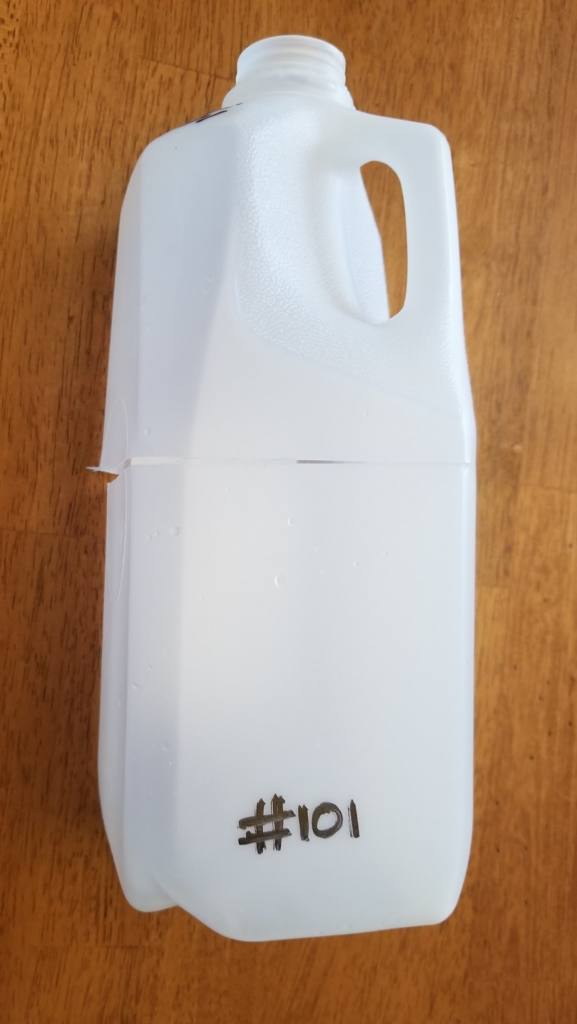
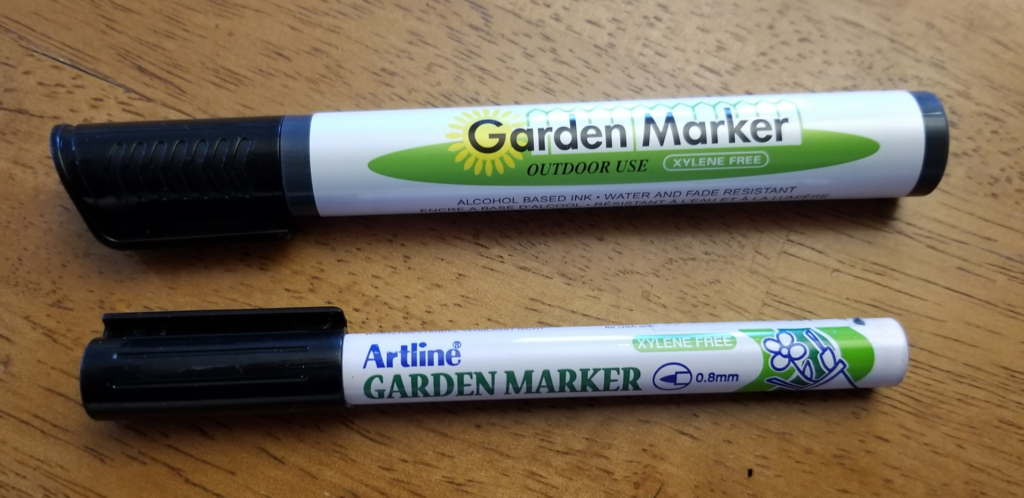
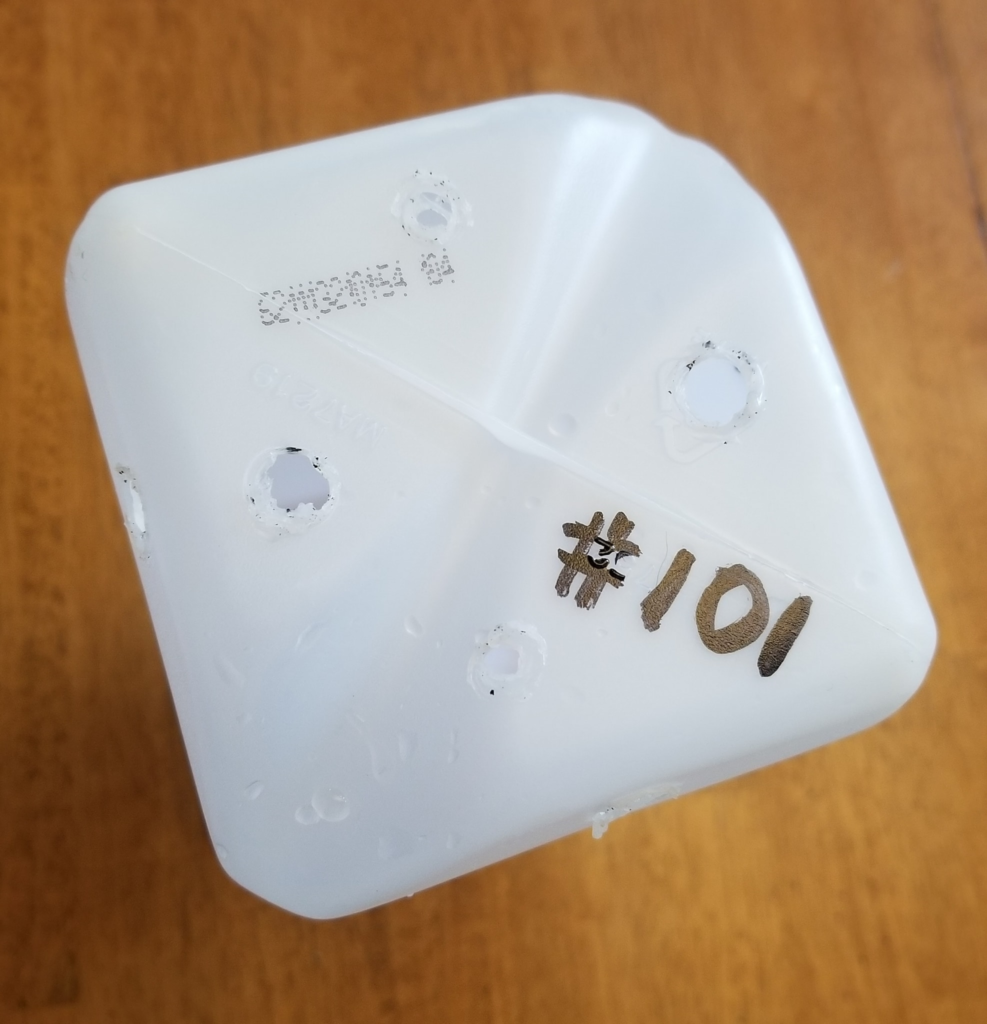
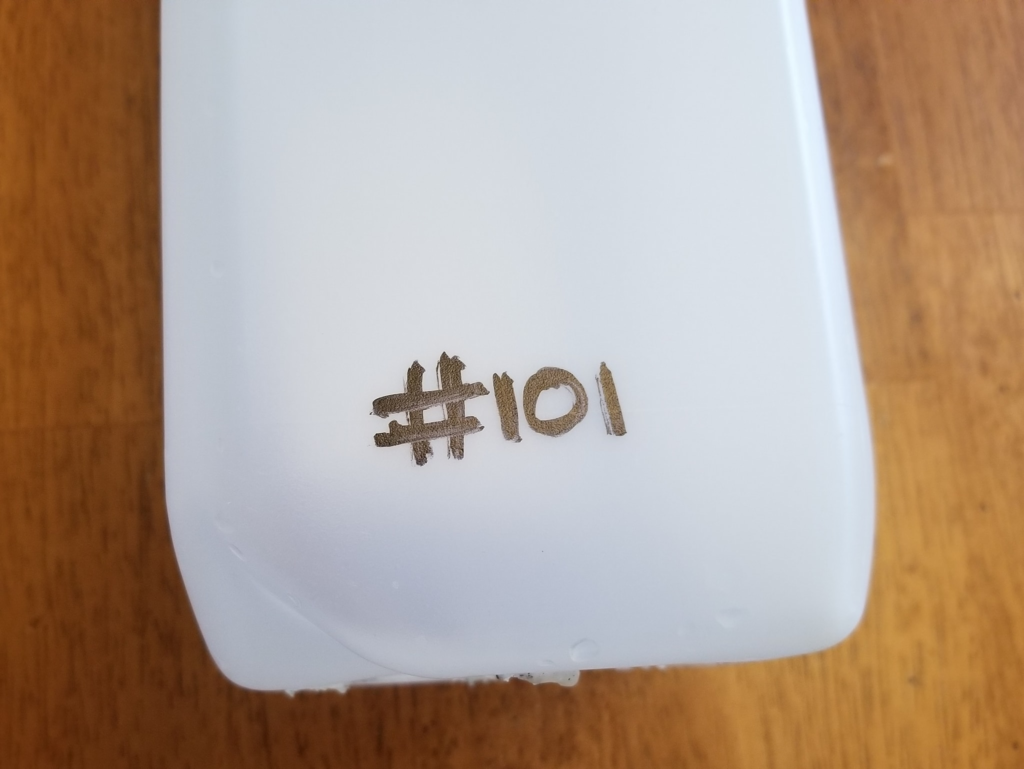
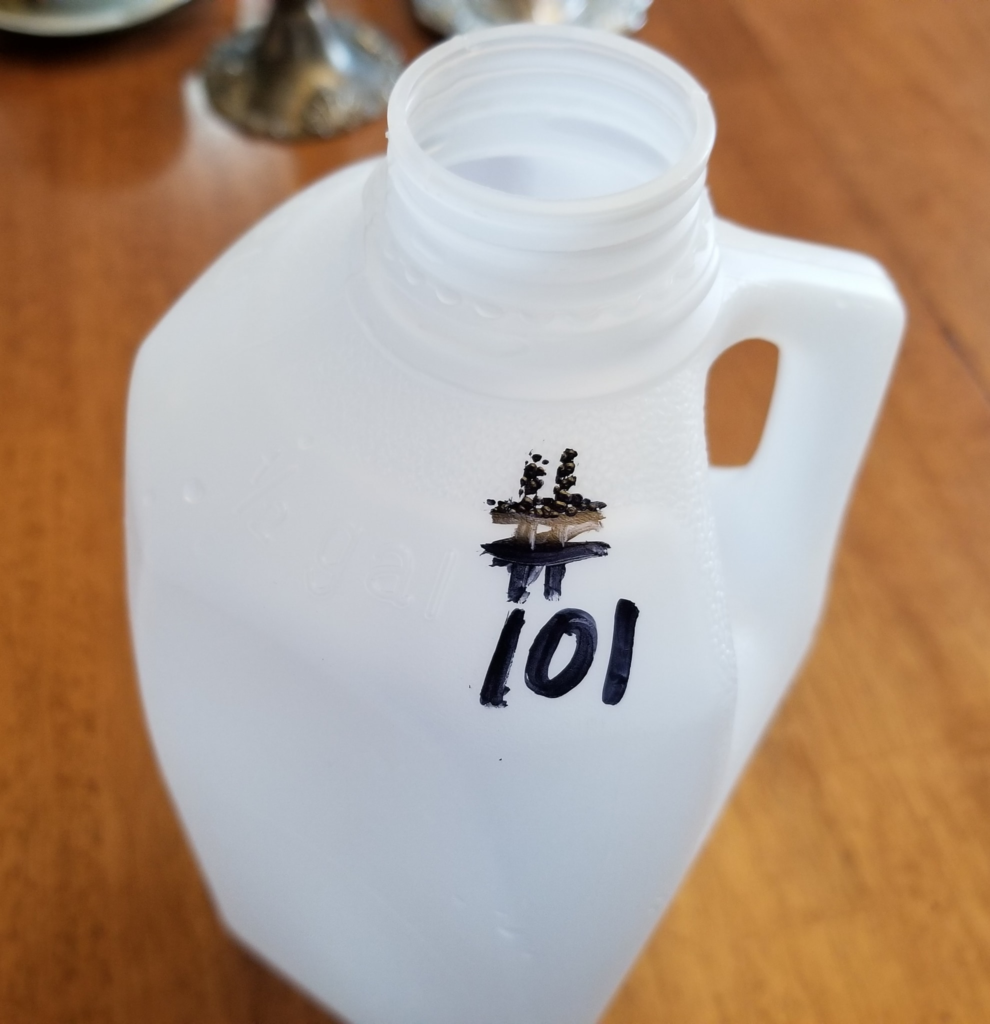
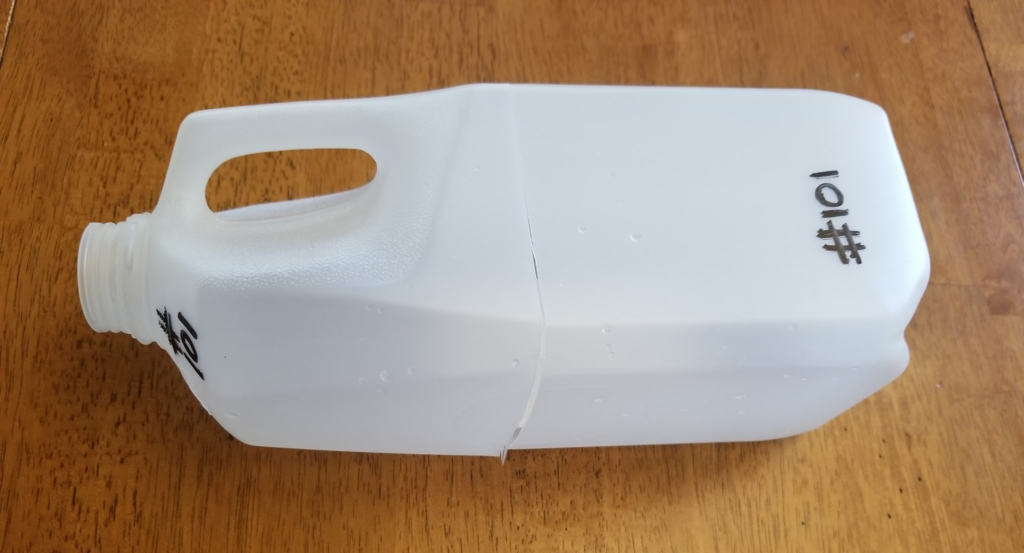
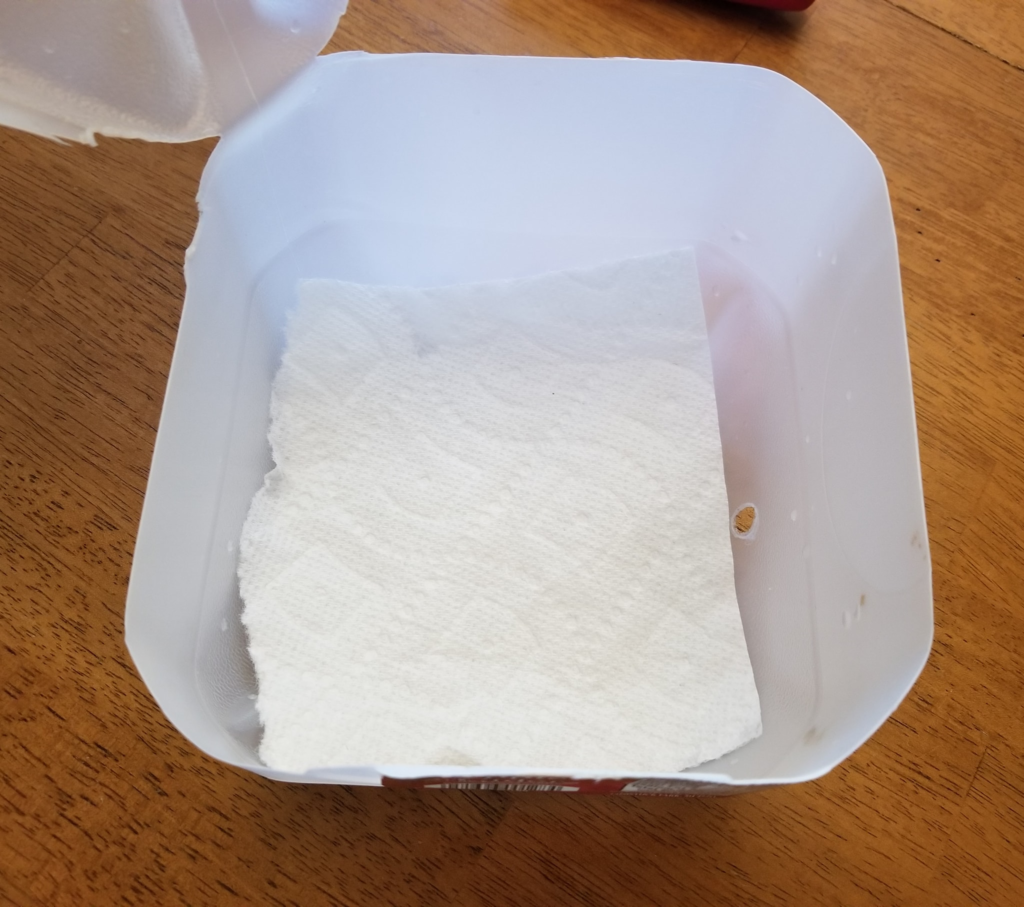
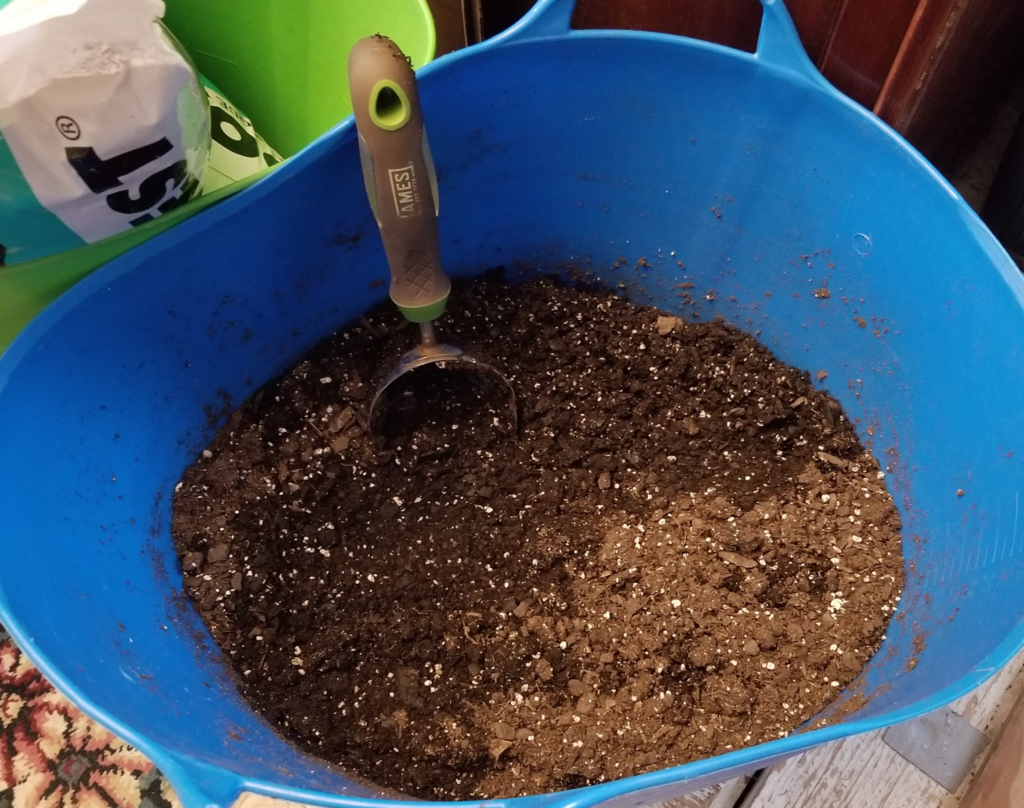
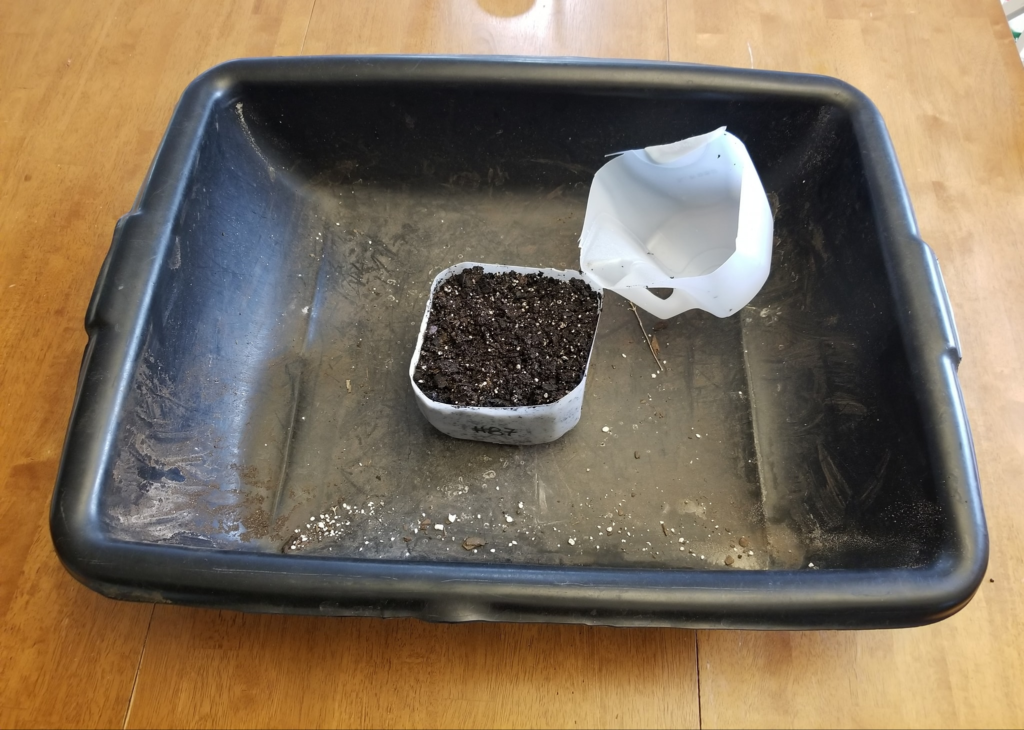
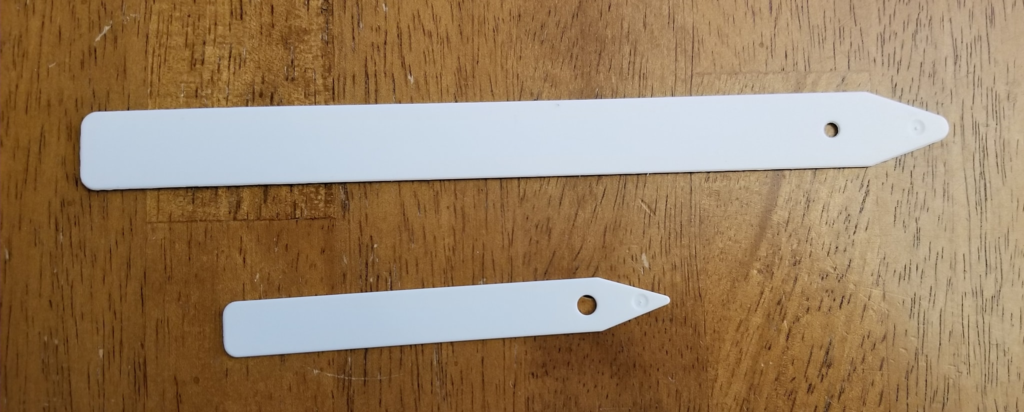
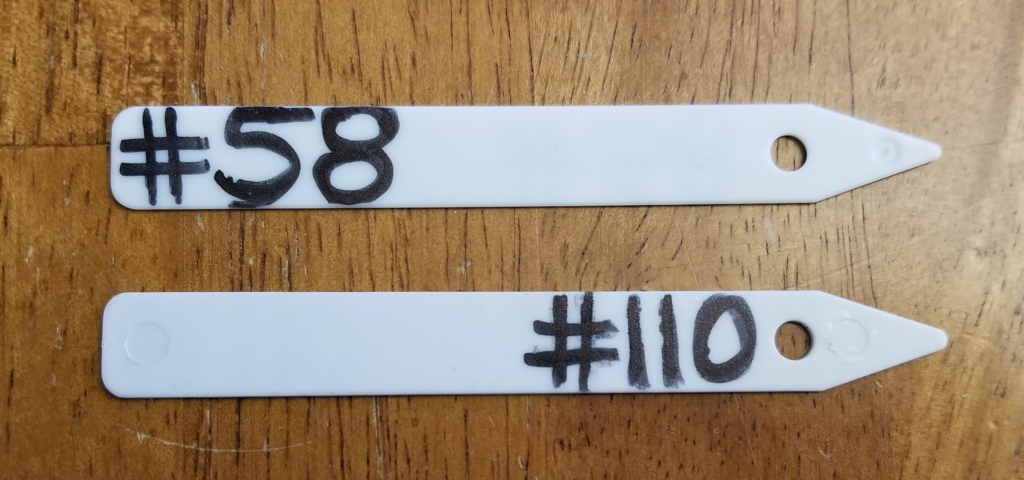
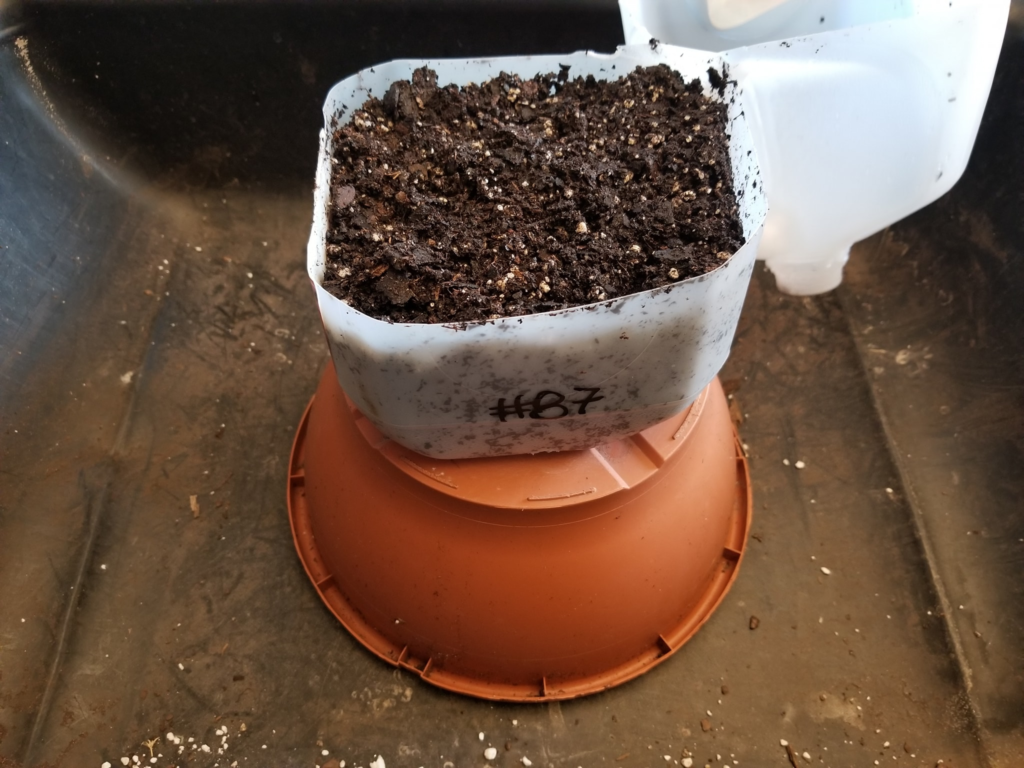
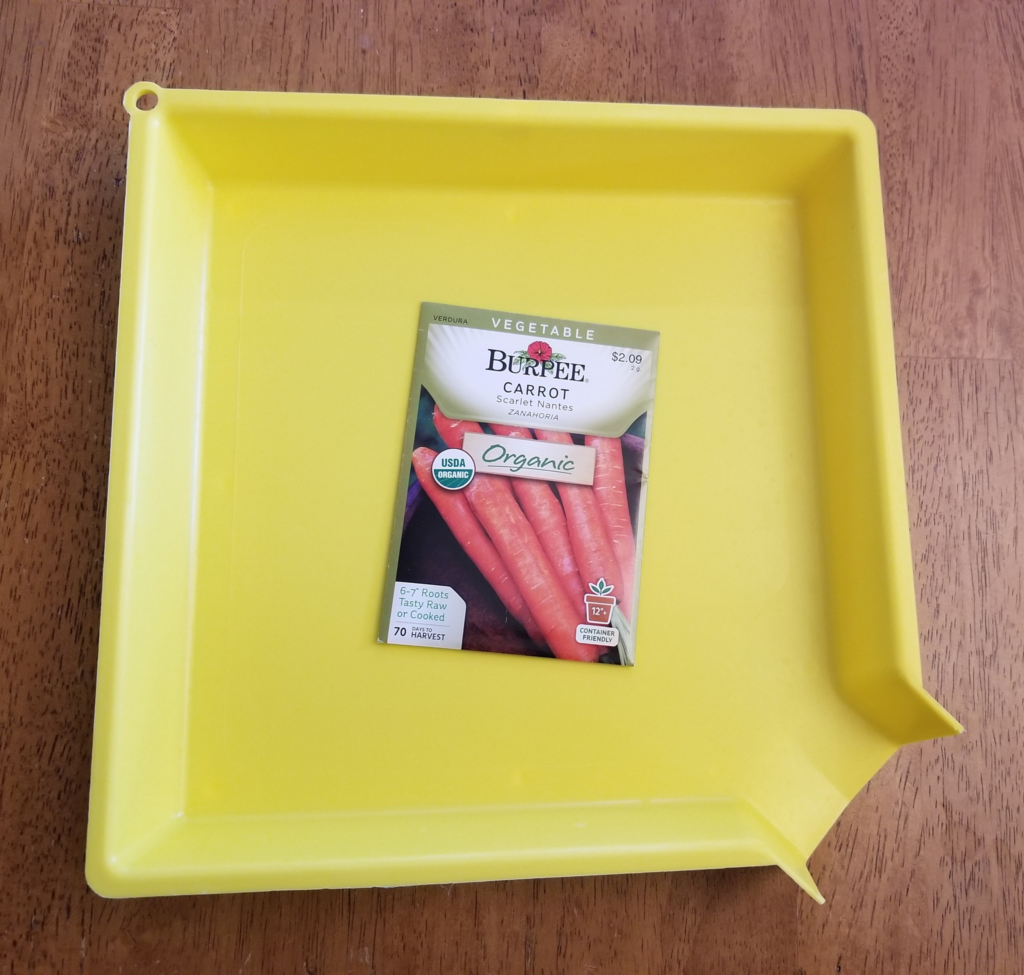
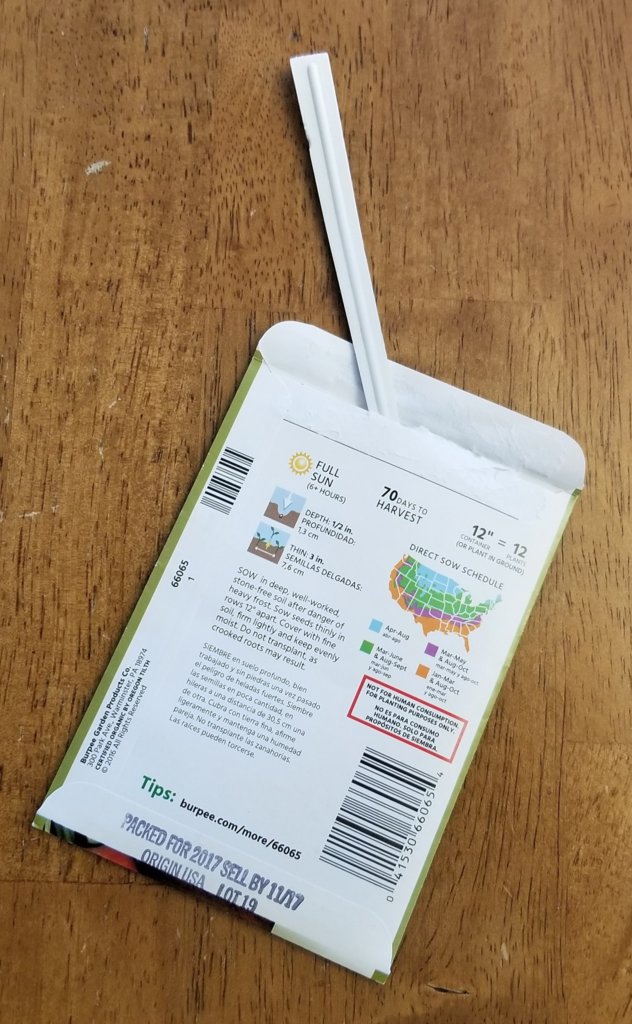
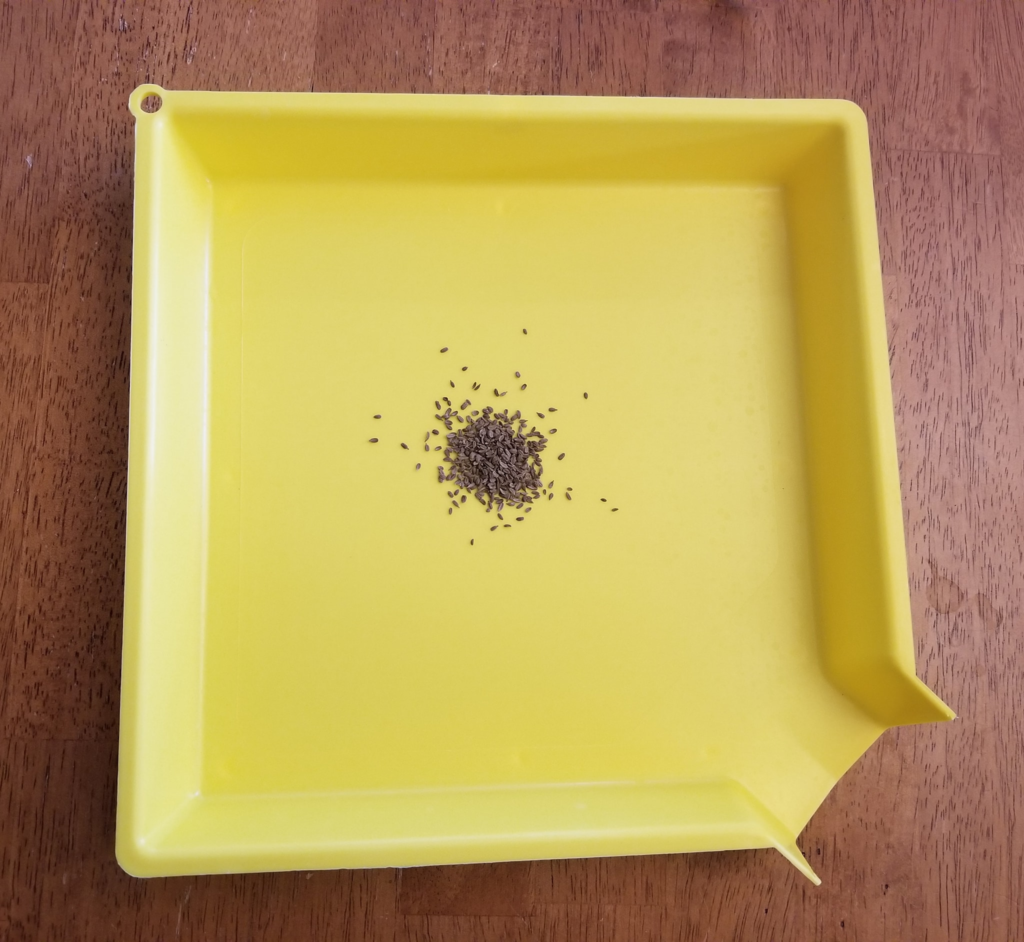
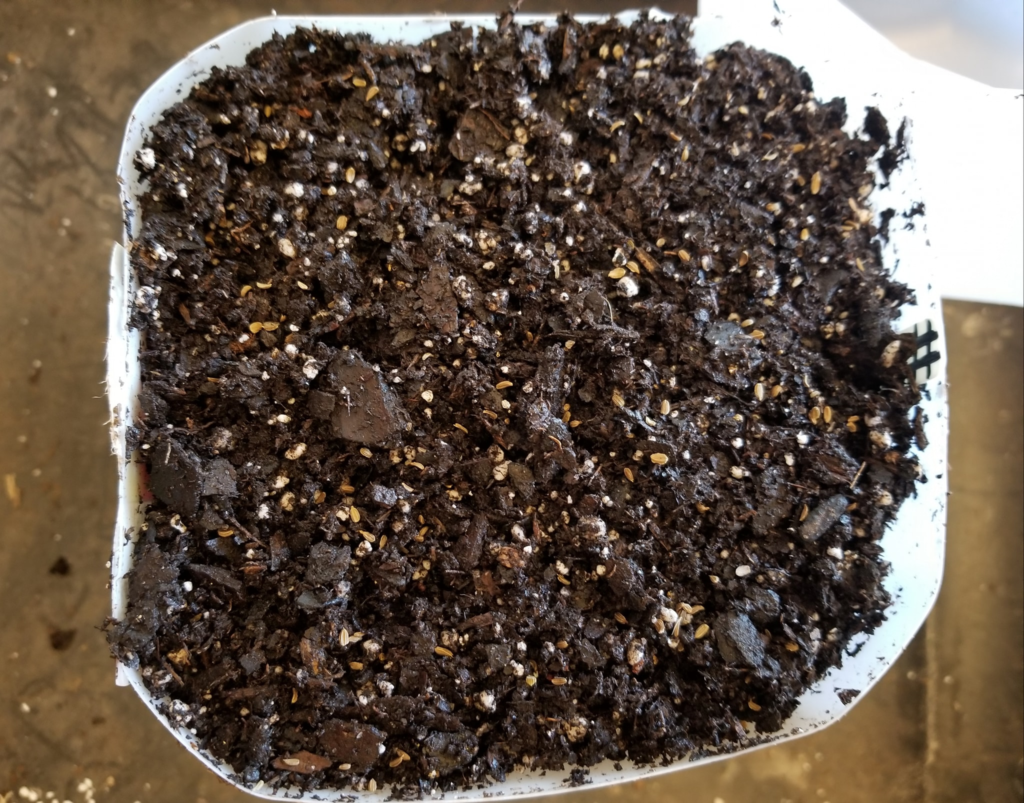


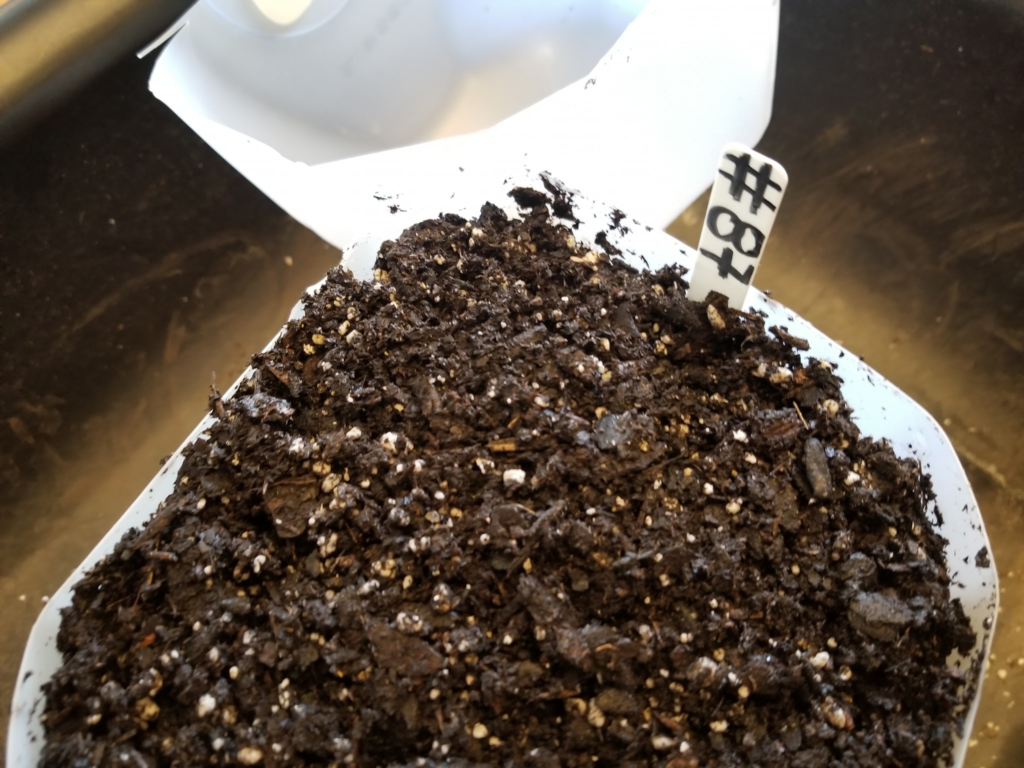
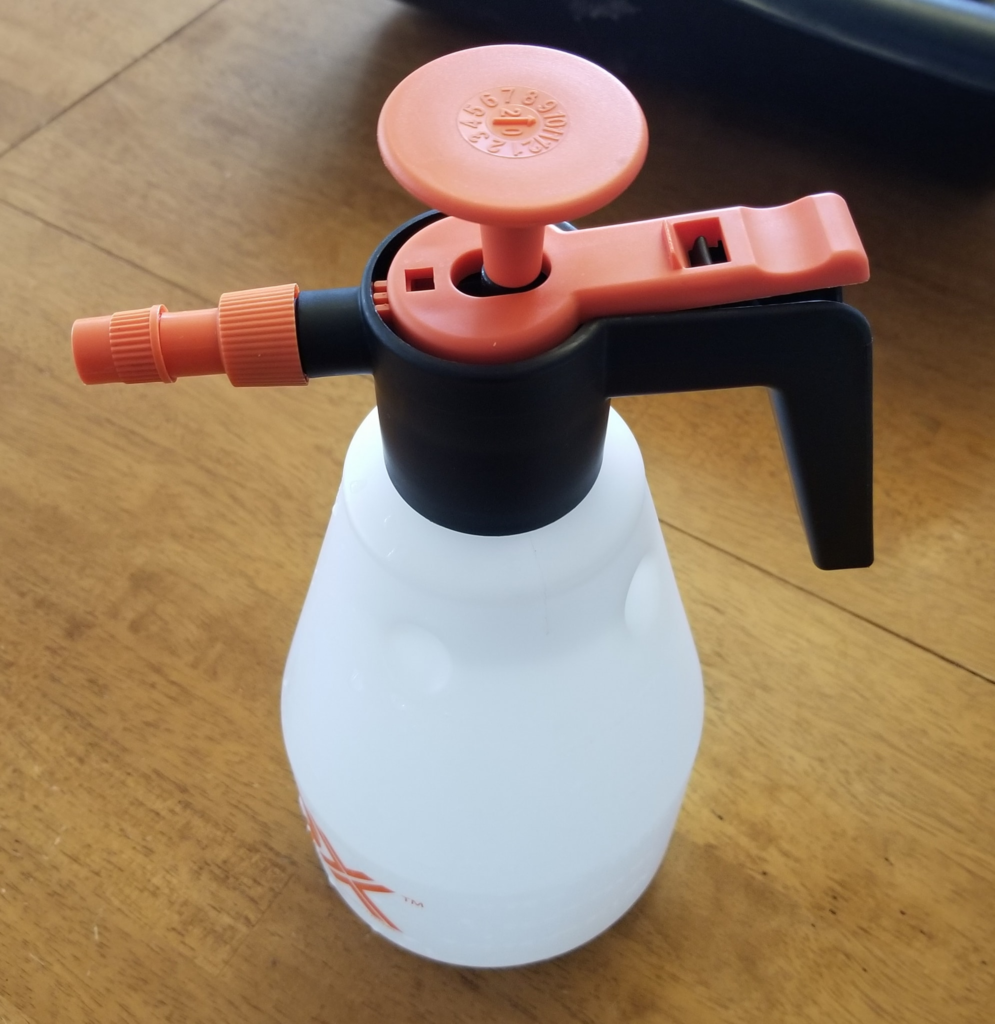
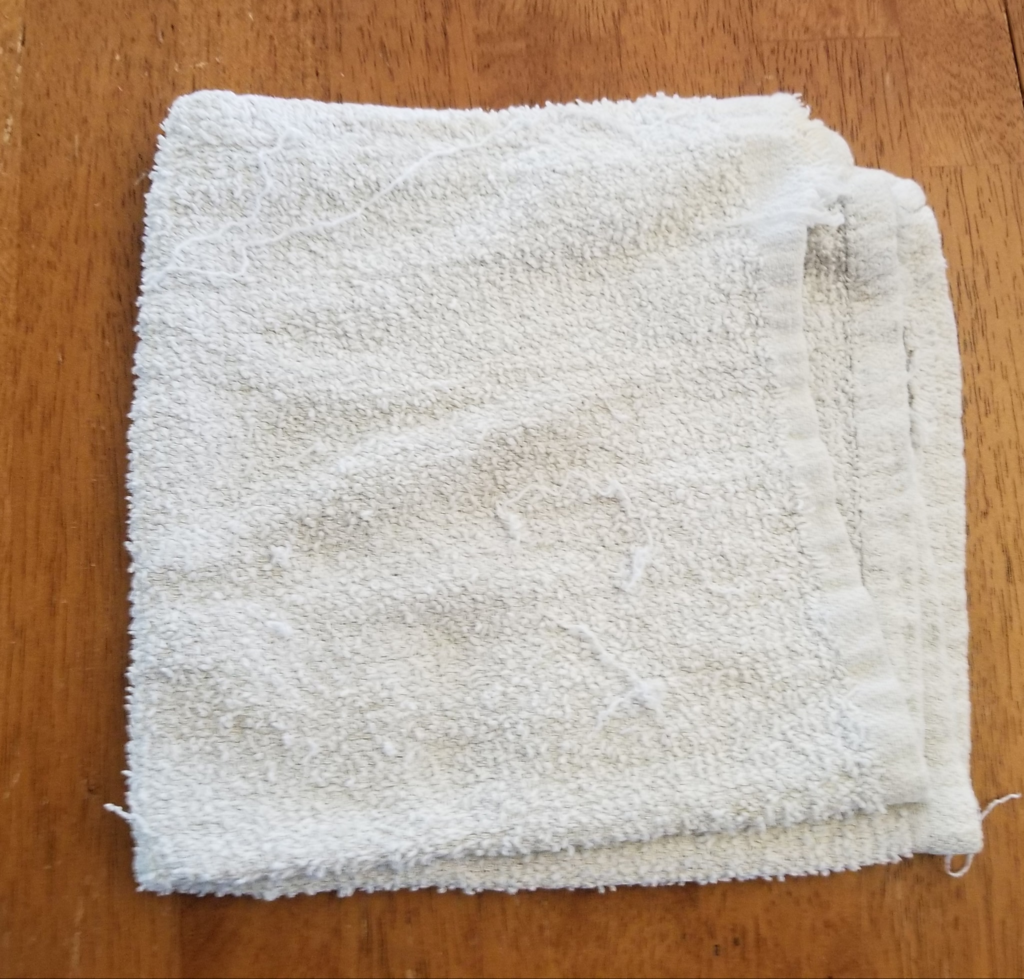
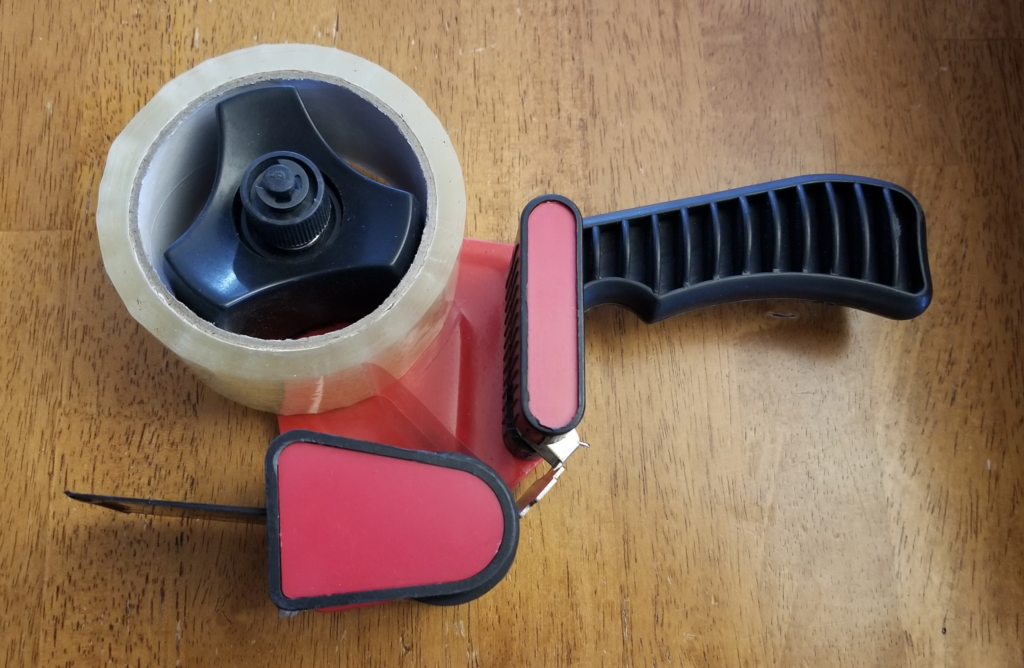

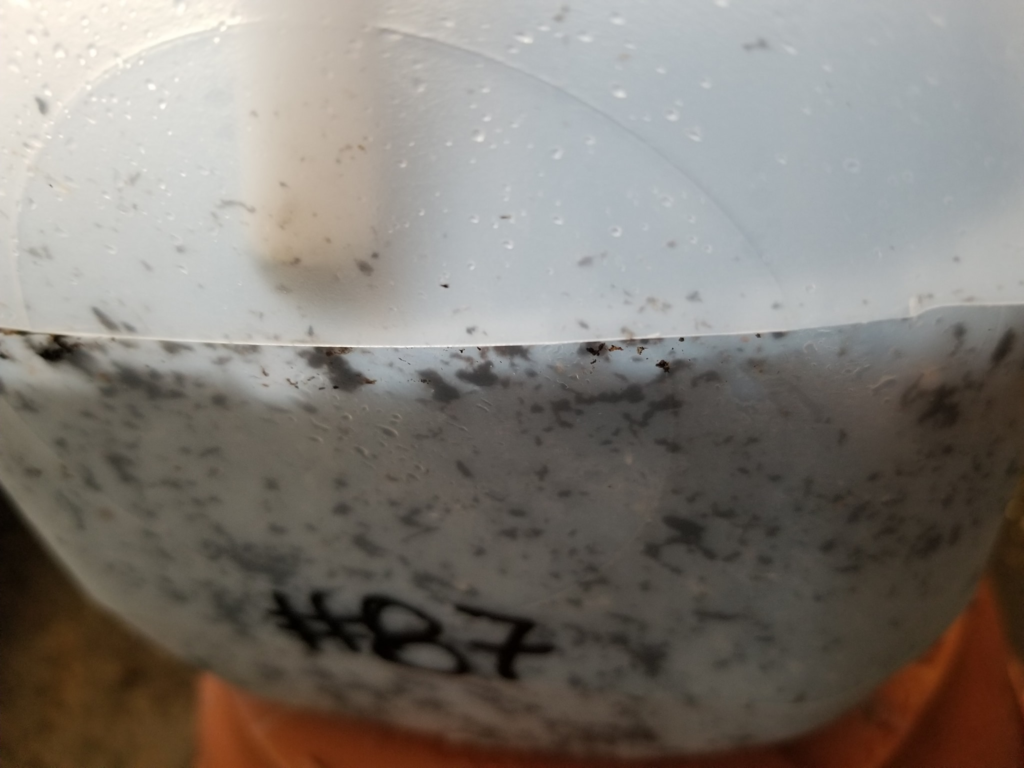
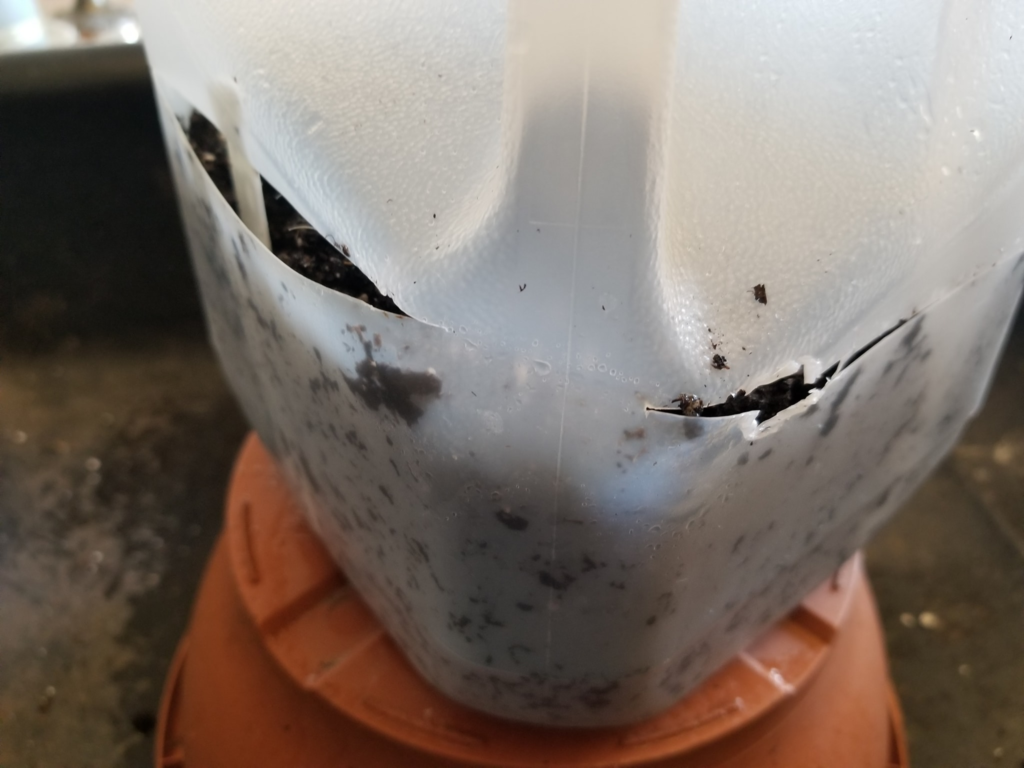
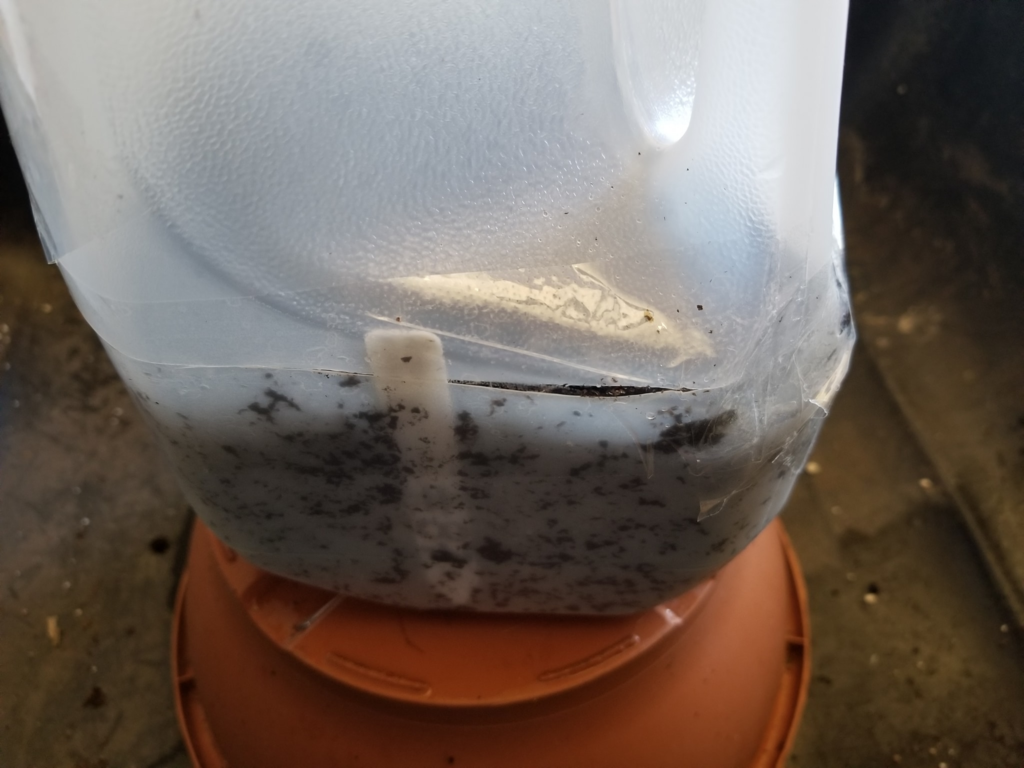
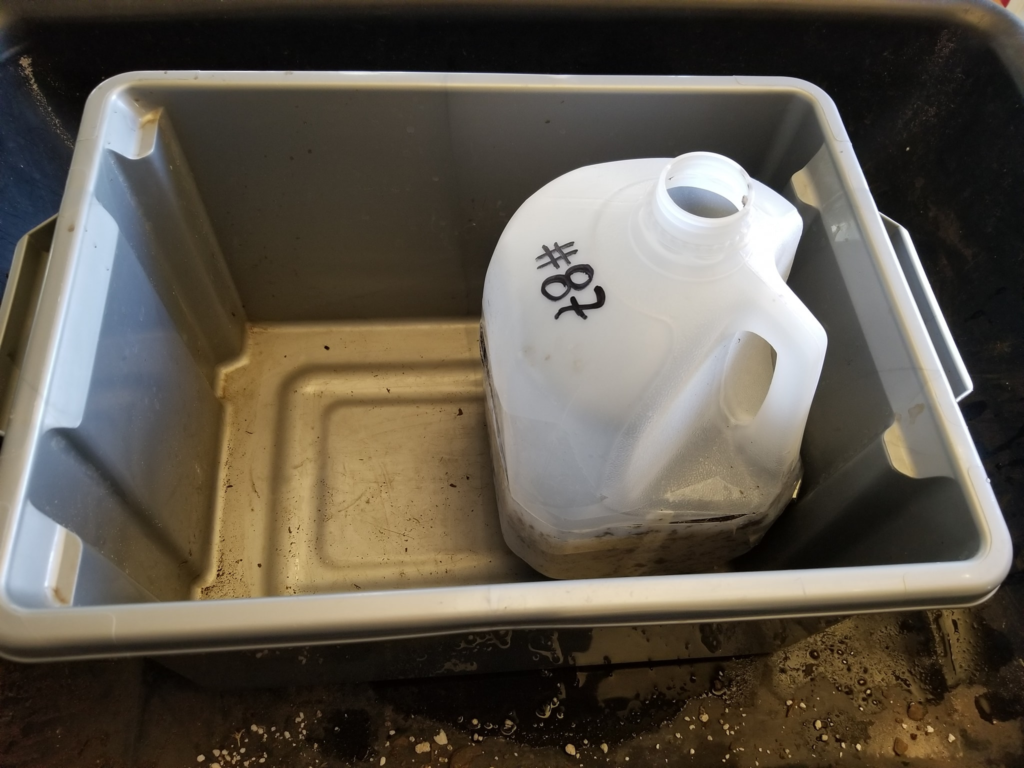
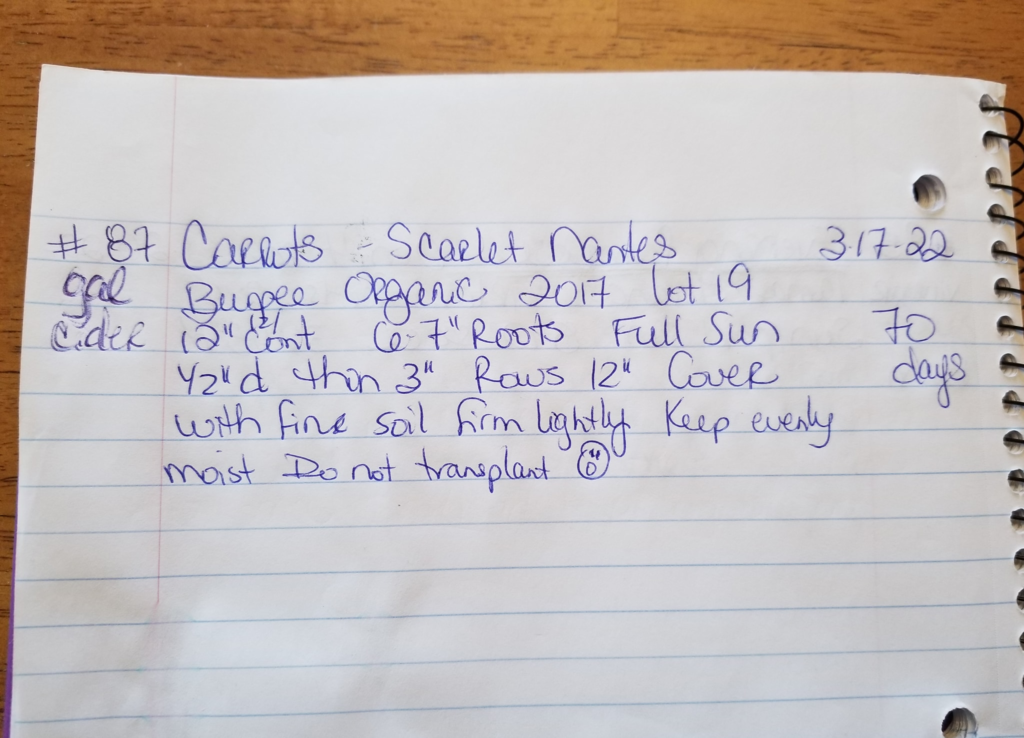
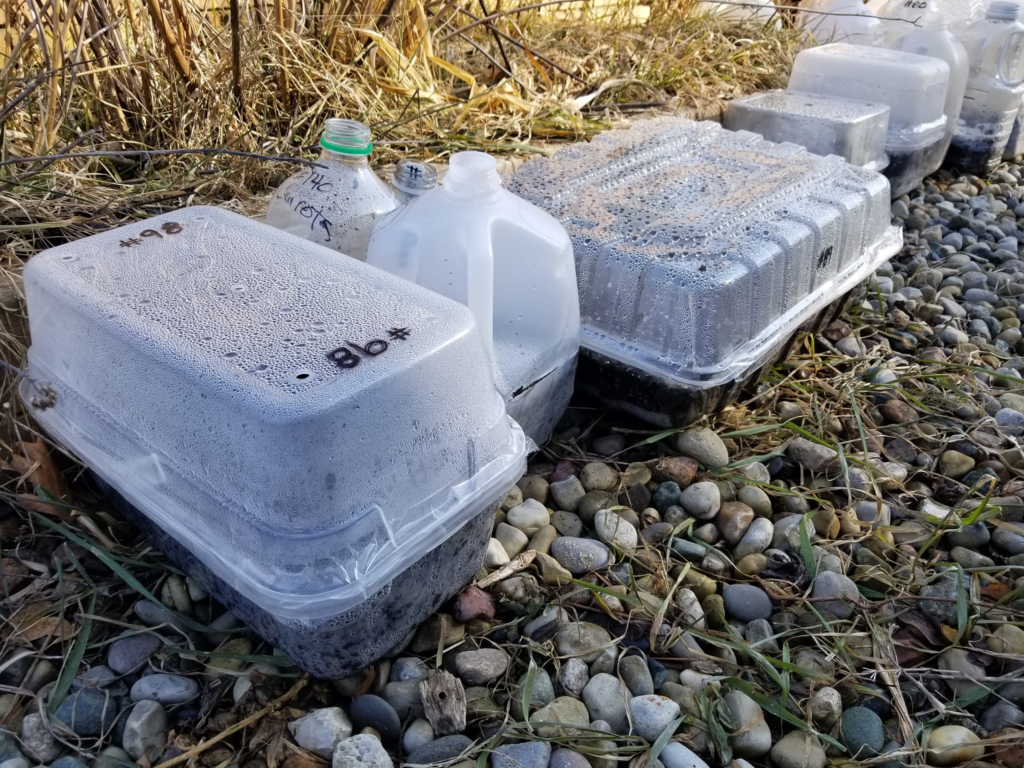
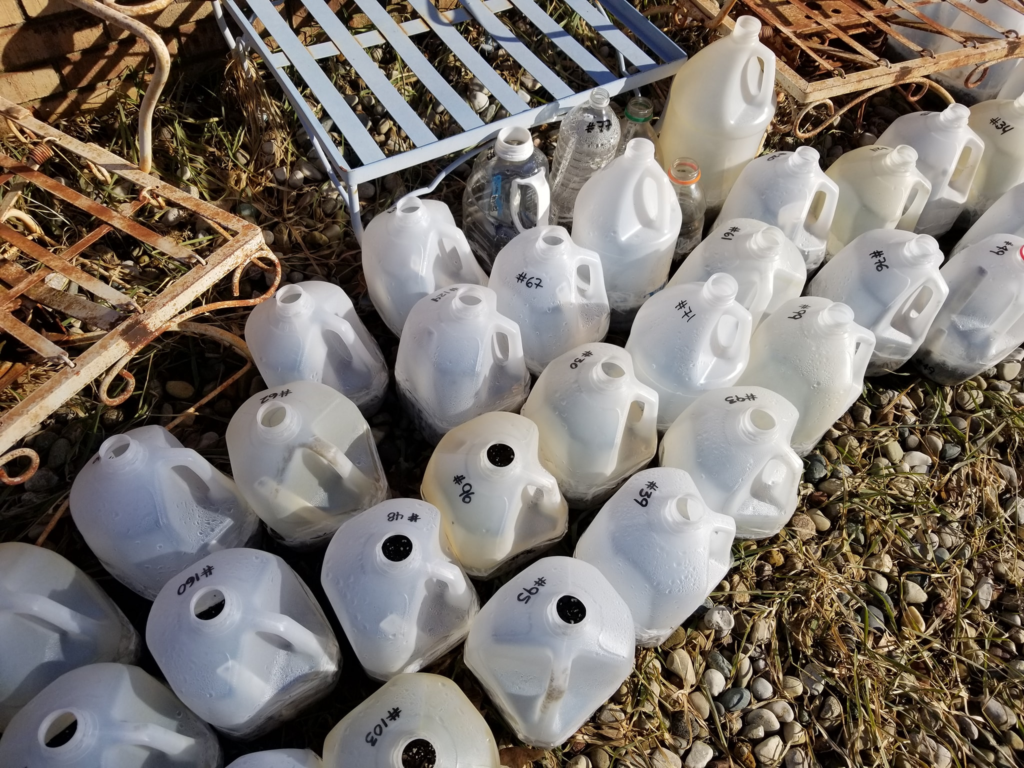
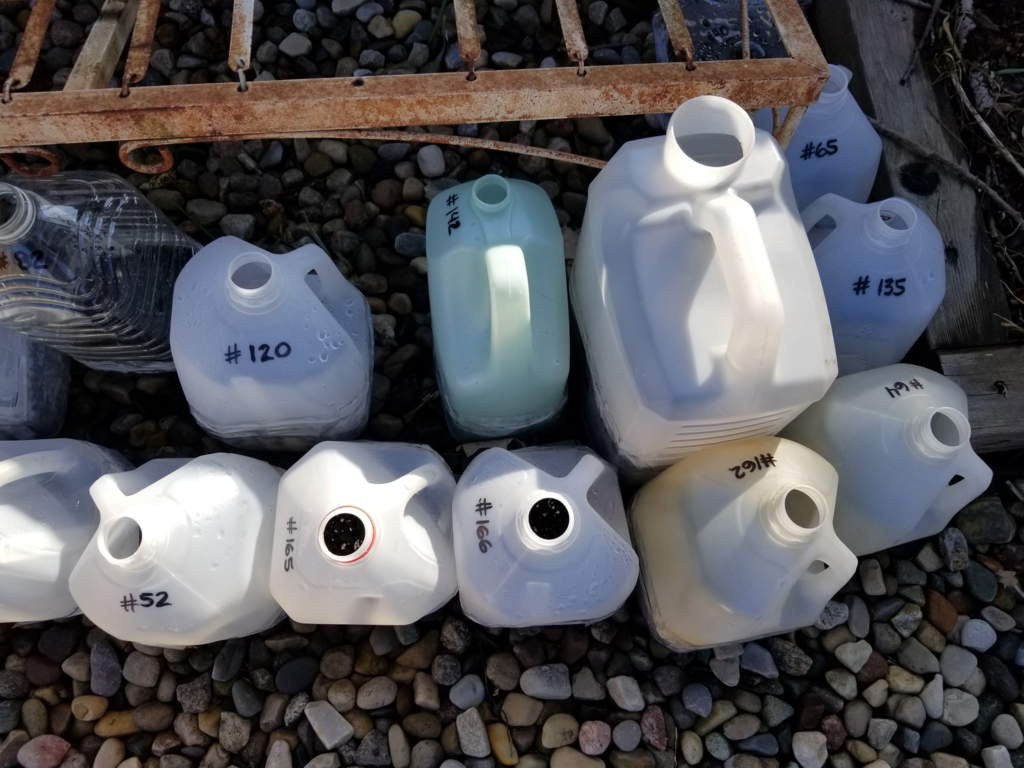

4 responses to “Winter Sowing Instructions”
Great info thanks for sharing. Once my cool weather vegas are good size sprouts should I just take top off and let them get taller or plant into garden?
Thank you. You can leave them in the containers a bit with the tops off or open, or just plant out. If it’s getting crowded in your containers or too hot, you should move them. I can’t plant all mine when they’re ready so I just open the containers up when it gets warmer or they get big enough. For more delicate plants, maybe let them fully acclimate to full exposure with the tops off, perhaps a few days. I’ve ended up doing that because I can’t plant all at once but I never really thought of it as necessary because they are already hardened off. Cool season crops are pretty hardy. However, there is greater cosmic radiation infiltration into our atmosphere because of the current solar and magnetic pole cycles we’re in, and over the last few years there has been increased reports (I’ve had it too) with plants getting scalded or burned or drying out. I personally would let them sit a few days in full exposure (lids off or open) to let them get used to full sunshine and wind.
Do you mind if I quote a few of your articles as long as I provide credit and sources back to your webpage? My blog is in the very same niche as yours and my visitors would definitely benefit from a lot of the information you provide here. Please let me know if this okay with you. Cheers!
Thank you for asking. Please share! I learned from others and some of my own experience and am just passing it along. Anything we can do to help others grow is good. Post the link to your page, I’d love to check it out.